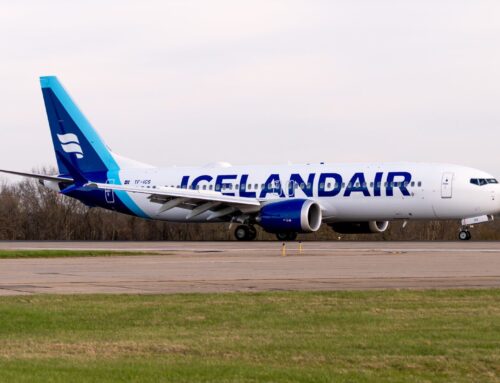Why Do Airplane Wings Have, Well, Tails?
In addition to looking cool, 'winglets’ save airlines millions in fuel costs
By Evan Dougherty
Published July 1, 2022
Read Time: 4 mins
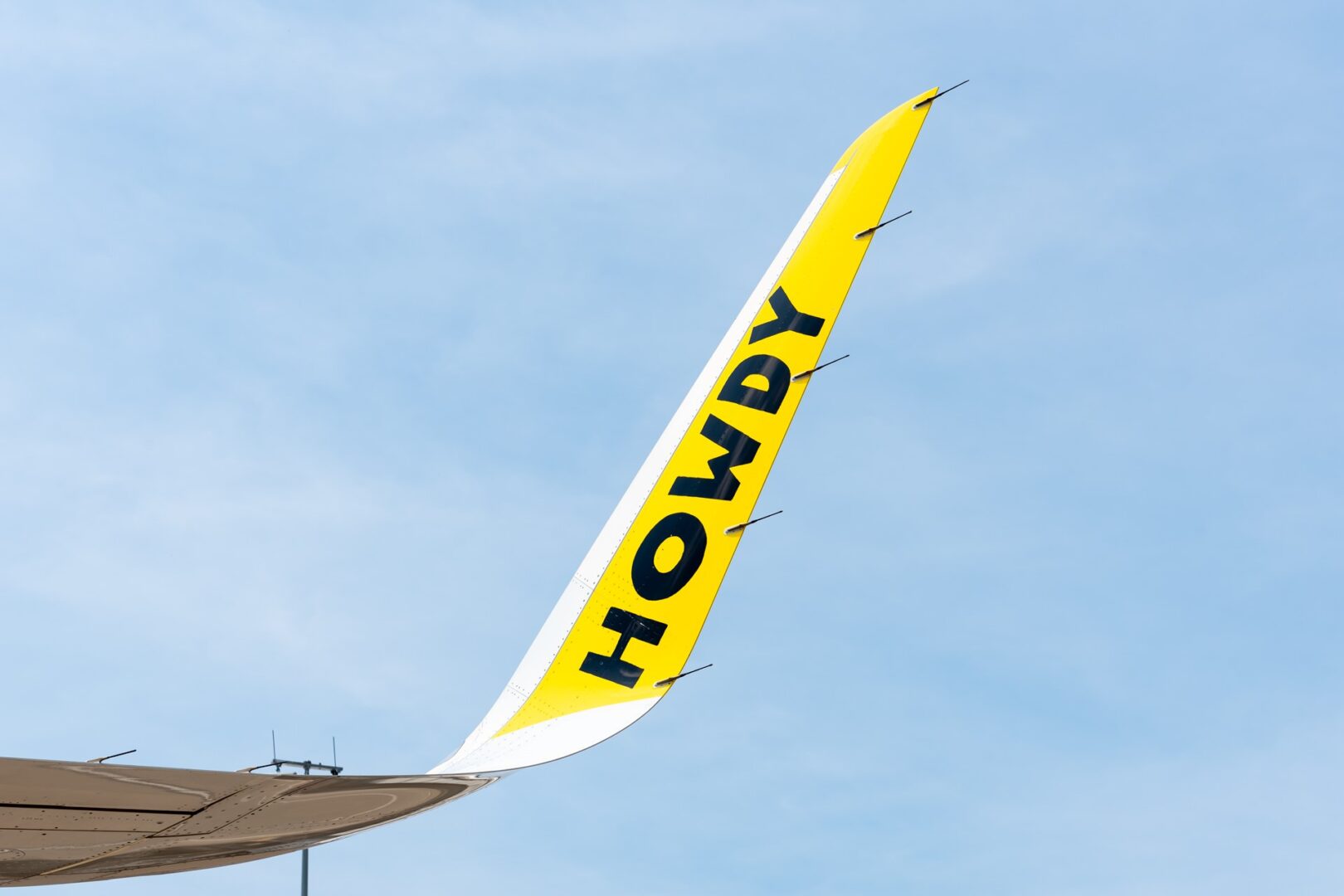
You’ve probably noticed them when you’re sitting in an airplane over the wing and look out the window.
They look like miniature versions of aircraft tails, but they’re attached to the end of the wings, standing straight up. They’re called “winglets,” and they are quickly becoming standard equipment on many different types of planes as a way of saving fuel.
As an airplane flies, high pressure air beneath its wings meets with low pressure air from above the wings. The difference in pressure causes a vortex to occur at the outer edge of the wing.
Called “vortices,” this spinning motion of air creates drag and makes the aircraft burn more fuel to compensate. Winglets reduce the size of vortices by redirecting air flow at a plane’s wingtips, which also generates additional lift. As a result, winglets reduce drag and improve the aircraft’s range.
The idea of winglets first came about in the late 19th century, but the concept finally got off the ground for the first time in the 1970s as airlines searched for new ways to cut costs because of rising oil prices. NASA first flight-tested winglets in 1979 on a modified Boeing KC-135 Stratotanker, achieving a better-than-expected 6.5 percent fuel burn advantage.
Over time, new aircraft designs began to incorporate winglets as airlines and airplane manufacturers realized gains from fuel savings.
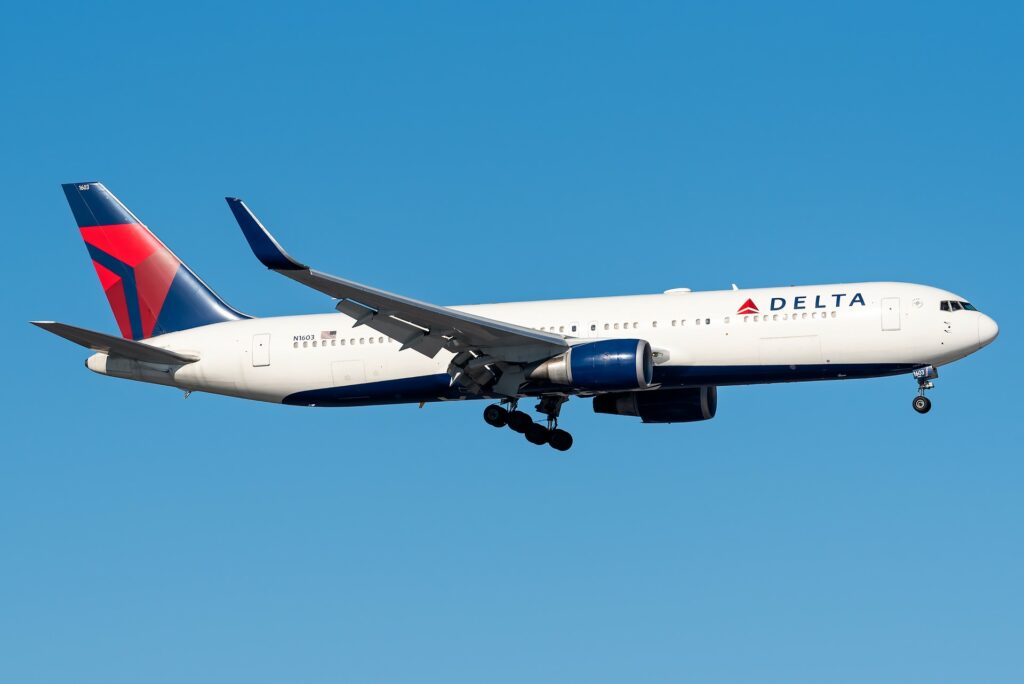
A Delta 767-300ER lands at Pittsburgh International Airport in January 2022. The Boeing 767 features the largest winglets of any commercial jet in service at 11 feet tall. (Photo by Evan Dougherty)
Airbus made winglets standard on its new Airbus A330 and A340 widebody passenger jets during their introduction in the early 1990s. Boeing, in a joint venture with aerospace company Aviation Partners, added winglets to the Boeing 737 Next Generation shortly after it began flying.
The manufacturers also created kits to modify older aircraft with winglets. Operators of the Boeing 757 and 767, designed before the winglet revolution, retrofitted their fleets with winglets to increase fuel savings and reduce emissions.
Design differences
Winglets come in all sorts of shapes and sizes depending on the aircraft—know your winglets and you can identify an aircraft type. Most Boeing aircraft feature blended winglets. Those on the 737 and 757 are over 8 feet tall. The 767’s winglets are 11 feet tall, making them the largest of any passenger aircraft in service.
Additionally, some 737 models have been updated with split scimitar winglets (named after a Middle Eastern sword with a curved blade ending with a sharp point.) These split winglets offer a 2.2 percent fuel burn improvement over the standard blended winglets.
United Airlines became the launch customer for the split scimitar winglets in 2014 and credits them with saving $200 million annually in fuel costs. Other airlines, including Southwest Airlines and Delta Air Lines, have retrofitted their 737 fleets with split scimitar winglets.
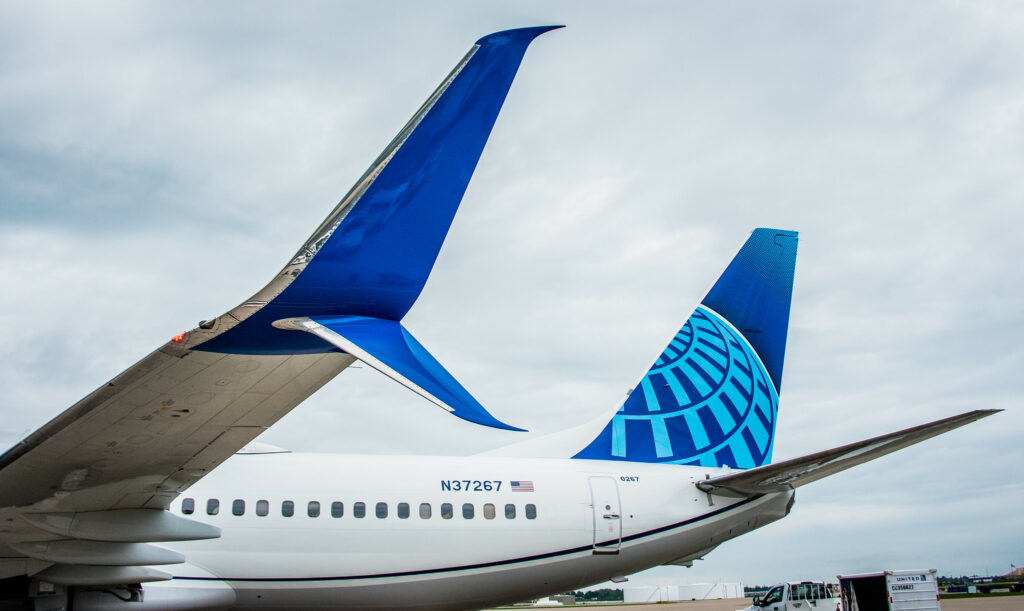
United Airlines was the launch customer for Aviation Partners Boeing’s split scimitar winglets in 2014. (Photo by Beth Hollerich)
Airbus, meanwhile, utilizes wingtip devices on its fleet of A320 family aircraft. Older A320s include “wingtip fences” while newer models feature a more standard design Airbus calls “sharklets.”
The new A350 and A330neo widebody jets feature an updated, curved winglet design unique compared to other aircraft, which reduces drag. Airbus used 3-D computational fluid dynamics technology to design these winglets during their development.
Many Bombardier and Embraer regional jets feature standard winglets. In 2013, Embraer introduced larger winglets onto its E175 regional jet capable of a 5 percent increase in fuel efficiency. Regional customers of E175s with the enhanced winglets include Republic Airways and SkyWest Airlines.
Winglets also come standard on long-ranged business jets, such as the Gulfstream G650 and Bombardier Global 7000.
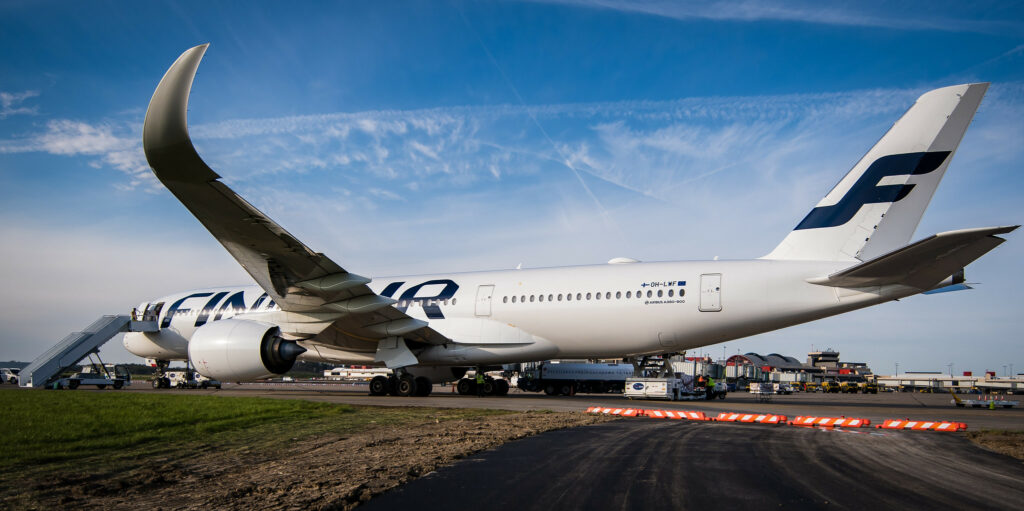
A Finnair A350-900 at Pittsburgh International Airport in April 2021. Airbus utilized cutting edge 3-D technology to design the winglets on its A330neo and A350 jets. (Photo by Beth Hollerich)
What’s next?
Aerospace companies continue to test new wingtip device designs to further drive down fuel consumption and emissions.
In 2017, Airbus presented an aerodynamic upgrade package for its A380 superjumbo. Known as the A380plus, Airbus tested a larger winglet design capable of a 4 percent fuel burn reduction. That same year, Airbus tested the A340 BLADE, featuring modified wingtips which promised a 50 percent drag reduction and up to 5 percent lower carbon dioxide emissions.
Boeing’s new 777X widebody jet will come standard with foldable raked wingtips allowing the aircraft to have a larger wing yet still fit in most gate areas. The 777X is expected to become the world’s most efficient twin-engine jet when it enters service in 2025.
Boeing and Aviation Partners also have tested “spiroid” winglets, double winglets featuring a closed loop design that eliminates wingtip vortices entirely. The joint venture first tested spiroid winglets in 2001 and found a 10 percent fuel burn reduction on a Gulfstream II business jet.
While spiroid winglets have yet to see widespread commercial use, Boeing and Aviation Partners have tested the concept on numerous private jets.
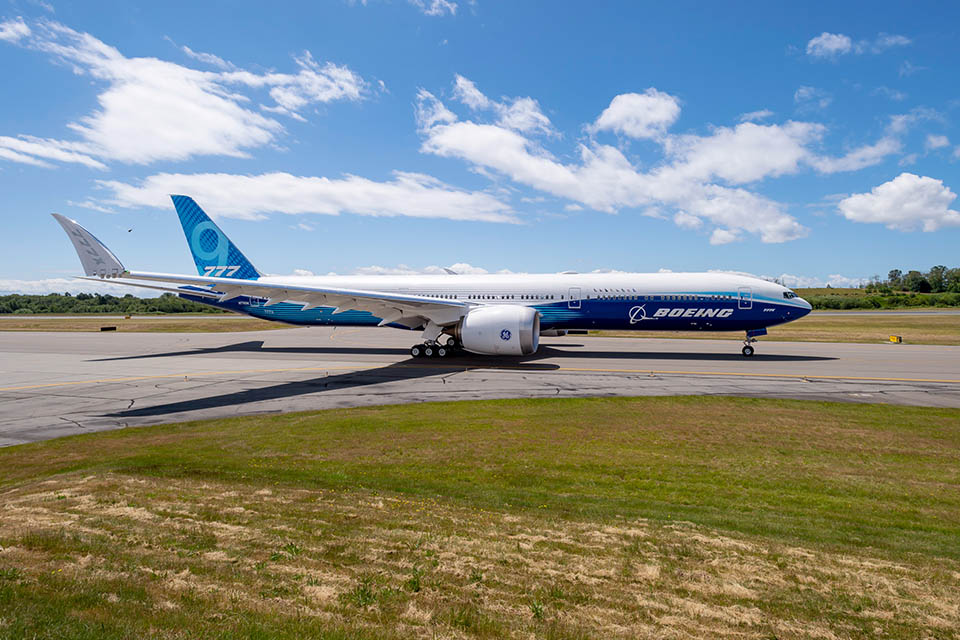
The new Boeing 777X features unique, foldable raked wingtips to fit within existing infrastructure at airports worldwide. (Image courtesy of Boeing)

